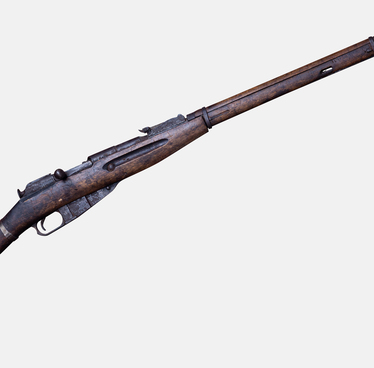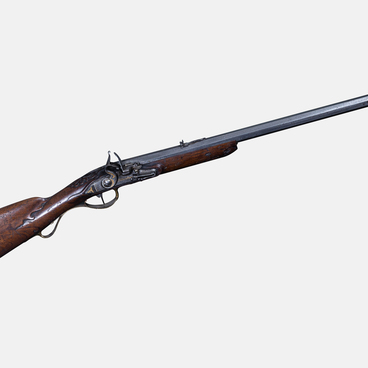The Ulyanovsk Regional Museum of Local Lore named after Ivan Goncharov houses a cavalry soldier’s flintlock pistol of the 1809 model. The pistol was produced in Tula in 1813, during the eventful era of the Napoleonic wars.
The Russian flintlock pistol of the 1809 model was introduced when the Imperial Russian Army was transitioning to a seven-line caliber (17.7 mm). It was designed based on the Russian flintlock pistol of the 1798 model. According to historical records, following the order of June 16, 1810, all carbines and pistols manufactured for cuirassier, dragoon, and hussar regiments had to follow the newly approved standards. Both carbines and pistols were to have the same seven-line caliber as the infantry rifles, one decimal line being equal to one-tenth of an inch or approximately 2.54 mm. The pistol was put into mass production only by mid-1810, although individual prototypes had already been manufactured earlier, during testing and pre-production activities.
During the gunpowder age, pistols were highly specialized, auxiliary weapons, used mainly by cavalrymen. The reason for that was simple: even carbines, with barrels much shorter than those of infantry muskets, were rather heavy and inconvenient for shooting from horseback. This is why heavy cavalry intended to break the enemy formations and engage in close combat were armed with pistols. Such pistols had low fire effectiveness and were therefore used at almost point-blank range, just before the clash, to make a breach in enemy lines. The flintlock mechanism was prone to frequent misfires and therefore required attention and careful maintenance. A misfire was usually caused by a worn-out or poorly secured flint, a worn-out frizzen, or a touch hole clogged with fouling. Although the priming powder in the pan was protected by the frizzen, it still became damp and unusable over time. Therefore, a firearm was not supposed to be kept loaded for a long time, and the powder in the pan had to be changed from time to time. Moreover, even a working flintlock could have up to 15 misfires per 100 shots. It took some time for the actual shot to happen after the trigger was pulled, and this time varied, which made it extremely difficult to fire precisely, especially when shooting at a moving target. After a shot, a dense cloud of smoke came from the primer pan, temporarily obscuring the shooter’s vision.
Flintlock rifles and pistols dominated the battlefields until the end of the first quarter of the 19th century.


